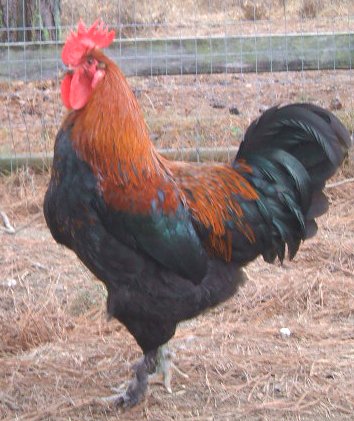so lucky
Garden Master
I am wondering what the offspring would be if you mate a bantam rooster to a large breed hen. Would the eggs be full size or bantam? Would the chicks be full size or bantam? Would it be a mix? If the eggs are large, would a full size chick be hatched? I could probably find the answers over on BYC, but there are too many postings to wade through there.


